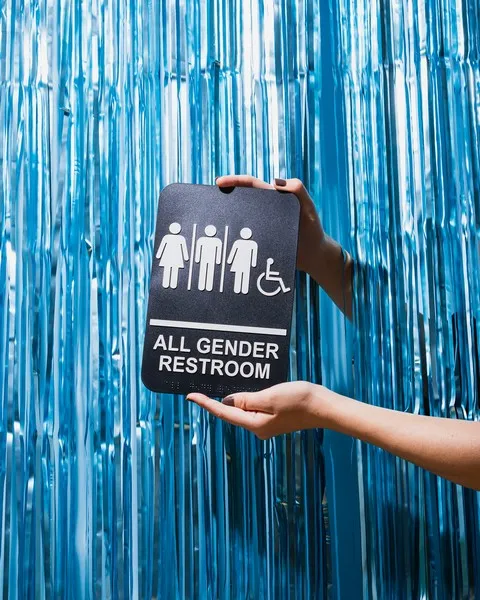Table of Contents
- Historical Context of Misandry
- Manifestations of Misandry
- Causes and Contributing Factors
- Implications of Misandry
- Strategies for Addressing Misandry
- Conclusion
Misandry, derived from the Greek words “misos” (hatred) and “anēr, andros” (man), refers to the dislike or hatred of men. This concept, often overshadowed by discussions of misogyny, is a significant yet controversial topic within sociological discourse. Understanding misandry requires a deep dive into gender dynamics, power relations, and societal norms that shape our perceptions and interactions. This article aims to elucidate the concept of misandry, its historical context, manifestations, and implications in contemporary society, providing a comprehensive overview suitable for undergraduate sociology students.
Historical Context of Misandry
The historical context of misandry is complex and multifaceted, rooted in various cultural, social, and political developments. Historically, patriarchal societies have been the norm, with men holding primary power and dominance in roles of political leadership, moral authority, social privilege, and control of property. This dominance has often relegated women to subordinate positions, leading to systemic sexism and misogyny. However, in response to these oppressive structures, movements advocating for gender equality have emerged, occasionally giving rise to sentiments perceived as misandric.
During the late 19th and early 20th centuries, the feminist movement gained momentum, challenging patriarchal norms and advocating for women’s rights. This period saw significant strides in women’s suffrage, education, and employment opportunities. While these advancements were crucial for gender equality, they also triggered backlash from certain segments of society, leading to accusations of misandry. Critics argued that the feminist movement’s focus on women’s empowerment inherently marginalized men, fostering a perception of hostility towards men.
The latter half of the 20th century witnessed the rise of second-wave feminism, which further intensified debates around gender dynamics. Second-wave feminism expanded its focus to include issues such as reproductive rights, sexuality, and workplace discrimination. As feminist discourse became more prominent, so did the concept of misandry. Some argued that feminist rhetoric occasionally adopted a confrontational tone, portraying men as oppressors and contributing to a narrative of misandry. However, it is essential to differentiate between legitimate critiques of patriarchal structures and genuine hatred towards men.
Manifestations of Misandry
Misandry can manifest in various forms, ranging from subtle biases to overt hostility towards men. These manifestations can occur in different spheres of society, including media, academia, and interpersonal relationships. Understanding these manifestations is crucial for comprehending the broader implications of misandry and addressing its impact on gender relations.
Media Representations
Media plays a significant role in shaping societal perceptions and attitudes towards gender. In some instances, media portrayals can reinforce misandric sentiments by depicting men in a negative light. For example, certain television shows, movies, and advertisements may portray men as incompetent, aggressive, or emotionally detached. These representations can perpetuate stereotypes and contribute to a cultural narrative that undermines men’s positive attributes and contributions. While it is essential to critique harmful gender norms, it is equally important to ensure that such critiques do not devolve into misandric portrayals.
Academic Discourse
Academic discourse also plays a role in shaping perceptions of gender. In some cases, academic literature may adopt a critical stance towards men and masculinity, highlighting issues such as toxic masculinity, male privilege, and patriarchy. While these critiques are valuable for understanding and challenging oppressive structures, they can sometimes be perceived as misandric, particularly when they generalize or vilify men as a whole. It is crucial for academic discussions to maintain a balanced perspective, acknowledging the complexities of gender dynamics without perpetuating hostility towards men.
Interpersonal Relationships
Misandry can also manifest in interpersonal relationships, influencing how individuals interact with and perceive men. For example, some women may harbor negative attitudes towards men based on past experiences of sexism or abuse. These attitudes can lead to generalized distrust or hostility towards men, impacting relationships and social interactions. It is important to recognize that such attitudes, while understandable given the context of gender-based violence and discrimination, can contribute to a cycle of animosity that hinders efforts towards genuine gender equality.
Causes and Contributing Factors
Get the full article AD FREE. Join now for full access to all premium articles.
View Plans & Subscribe Already a member? Log in.





